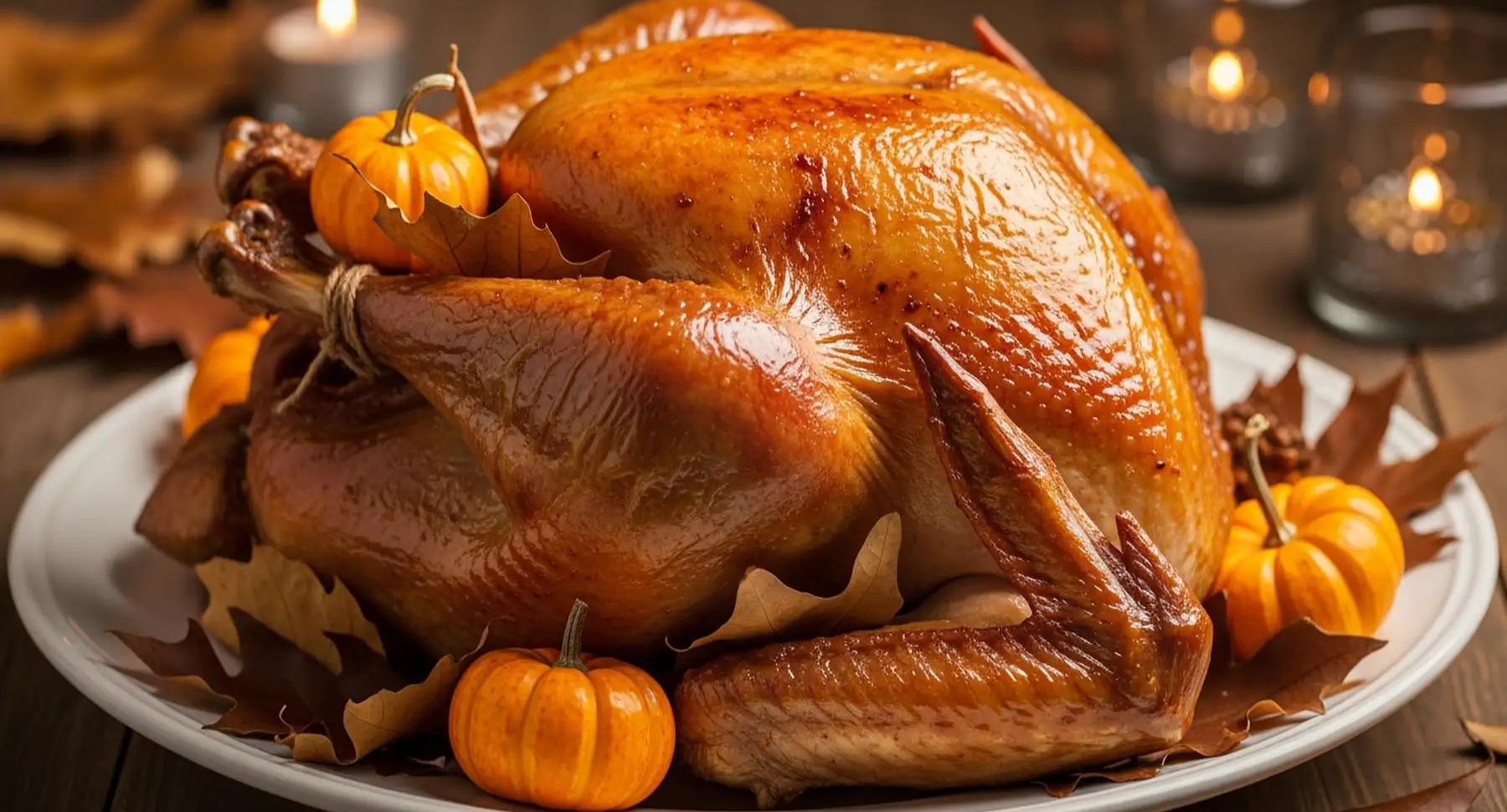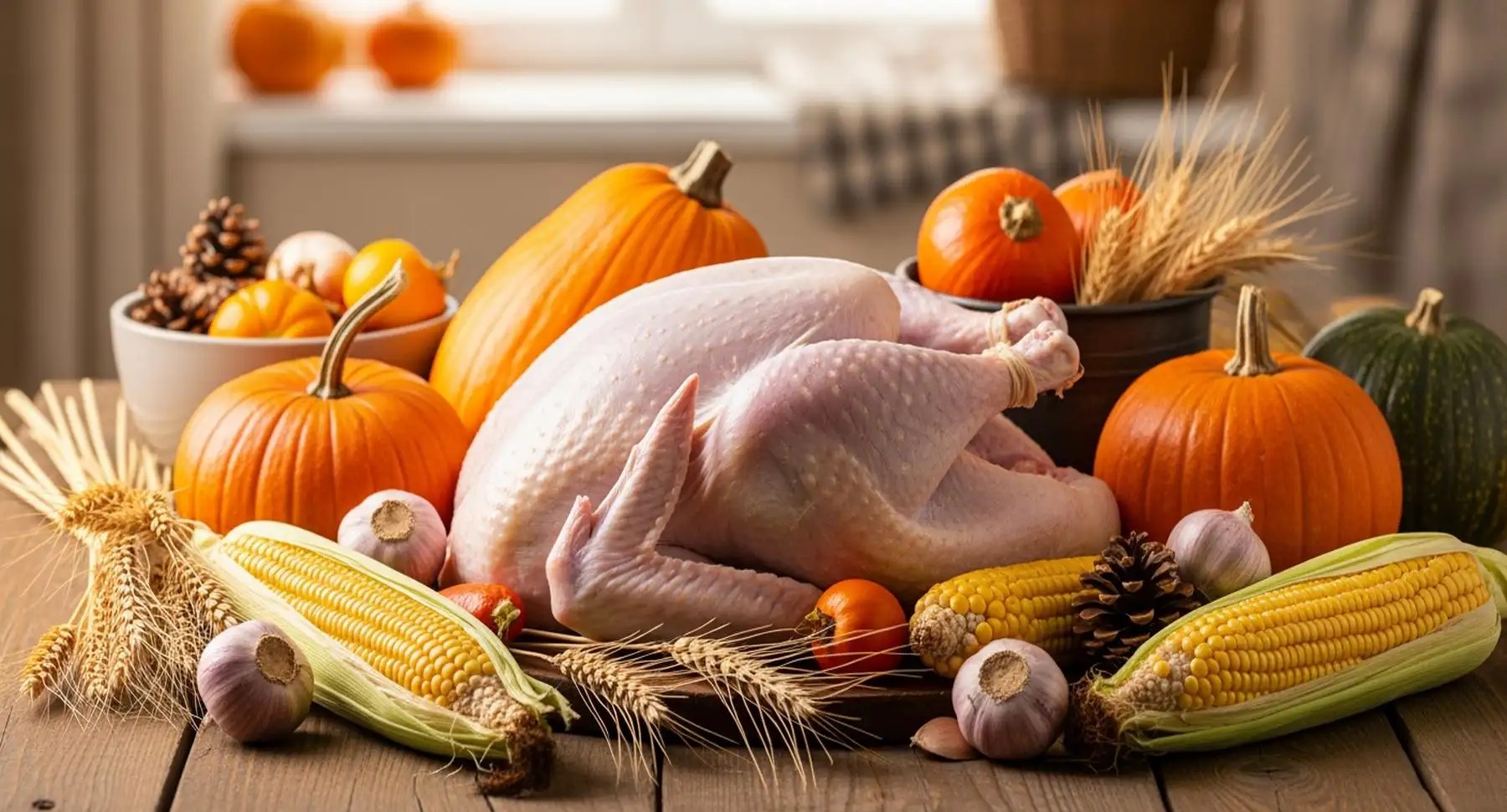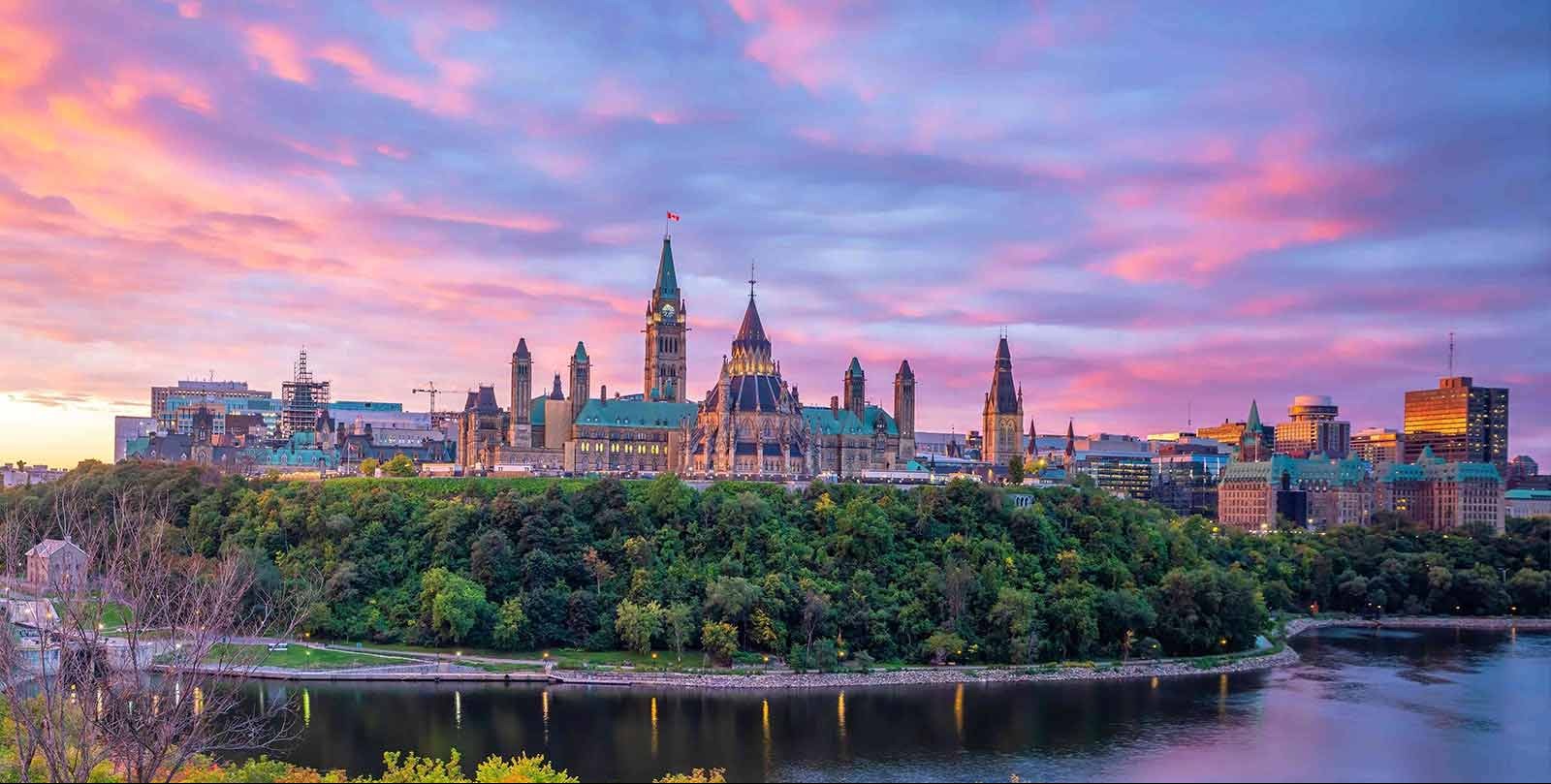Thanksgiving is a holiday deeply rooted in the history of North America, celebrated in both the United States and Canada. While the holiday is commonly associated with giving thanks and enjoying a meal
with family, its origins and development over time reveal a rich tapestry of cultural and historical influences. This article explores how Thanksgiving evolved from its early beginnings to become a national holiday in both countries.
Early Celebrations and Origins
The event that Americans often refer to as the "First Thanksgiving" took place in October 1621. This celebration was held by the Pilgrims after their first successful harvest in the New World. The feast lasted three days and included 90 Native Americans and 53 Pilgrims. This gathering was a significant moment of cooperation and gratitude between the two groups, marking the beginning of what would become a long-standing tradition.
In the United States, Thanksgiving was first formalized as a national holiday by President Abraham Lincoln in 1863. He declared the last Thursday of November as a national Day of Thanksgiving. This decision was influenced by the need to unify the nation during the Civil War, providing a moment for Americans to reflect and give thanks.
Establishment as a National Holiday
The United States Congress permanently set the fourth Thursday of November as Thanksgiving Day in 1941. This decision standardized the holiday across the country, ensuring that all Americans could celebrate on the same day. The choice of date was strategic, aligning with the harvest season and allowing families to gather before the onset of winter.
In Canada, Thanksgiving has its own unique history. American immigrants brought the customs of Thanksgiving to Canada, with the first official celebration occurring on April 5, 1872. However, it wasn't until 1957 that Canada established Thanksgiving as a national holiday, celebrated on the second Monday of October. This date was chosen to coincide with the end of the harvest season, similar to the U.S. tradition.
Cultural Significance and Modern Celebrations
Thanksgiving has grown to become more than just a day of giving thanks; it is a cultural phenomenon. In the United States, it is celebrated by more people than Christmas and New Year, with Americans consuming over 46 million turkeys each Thanksgiving. The holiday is marked by family gatherings, feasting, and, notably, American football games.
In Canada, Thanksgiving is similarly celebrated with family meals and gatherings. The holiday serves as a time for Canadians to express gratitude for the bountiful harvest and the blessings of the past year. Despite the differences in dates and some traditions, the core essence of Thanksgiving remains the same in both countries: a time to give thanks and celebrate with loved ones.















